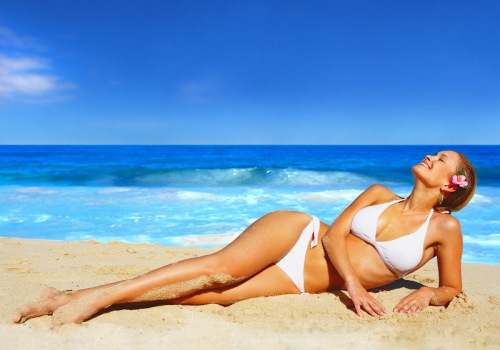
Avoid Sun During Peak Hours
Everybody needs at least a little sun, up to about 20 minutes a day, for the skin to make vitamin D. During those 20 minutes, it is essential not to use sunscreen. Any other time, however, it is essential cover up. The standard advice is to stay out of the sun or slather on the sunscreen between 10 am and 2 pm (1000 and 1400), or an hour later if the place where you live uses daylight savings time. The critical time for avoiding sun on most of your body, however, isn't high noon. It's two hours before and two hours after solar midday, when sun hits more skin if you are standing upright. These are also the times of day it is most necessary to wear UV-protective sunglasses.
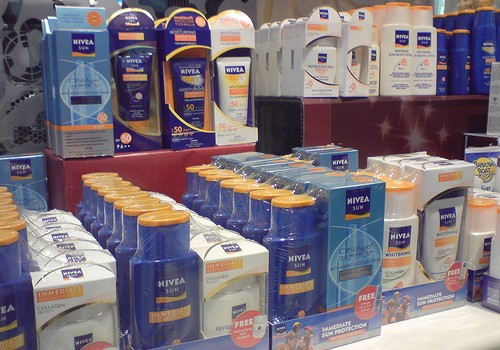
Use A Broad-Spectrum Sunscreen
The damaging wavelengths in sunlight include three kinds of ultraviolet light, UV-A, UV-B, and UV-C. Some sunscreens protect against just one of the bands of UV light, and some protect against all three. The older, cheaper, whiter, and brighter mineral sun blocks made with zinc oxide and/or titanium dioxide protect against all three kinds of UV light. The problem with these products is that the darker your skin, the more they "stain," sometimes turning especially dark skin purple. If you are looking for a cosmetically superior alternative to mineral sun blocks, go for sunscreens that list either the natural ingredients luteolin or edelweiss extract or "broad spectrum" chemical ingredients (ingredients that protect against at least UV-A and UV-B) such as avobenzone or ecamsule.
- Important notification about information and brand names used in this slideshow!
- Photo courtesy of earthlydelights by Flickr : www.flickr.com/photos/earthlydelights/4424315430/

What Is SPF?
Every tube, bottle, or tub of sunscreen is labeled for its SPF, or sun protection factor. SPF measures the amount of solar radiation needed to cause damage to the skin, compared to the amount of radiation that would damage unprotected skin. A product with an SPF of 10, for example, allows the skin to be exposed to 10 times as much solar radiation as it could withstand without the product. A product with an SPF of 100, allows the skin to withstand 100 times as much sun as with no protection at all. Most people need products that provide an SPF of about 30, although a sunscreen with a moisturizer is more effective, at a lower SPF, than one without it.
- Important notification about information and brand names used in this slideshow!
- Photo courtesy of ROBERT HUFFSTUTTER by Flickr : www.flickr.com/photos/huffstutterrobertl/7817154014/
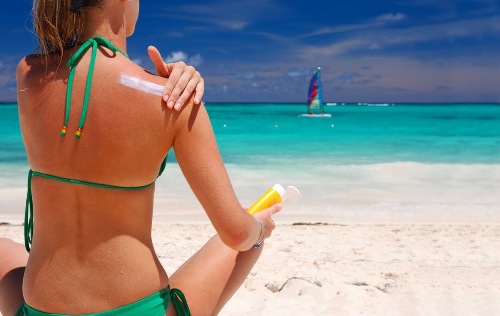
Do I Need The Highest Available SPF?
No sunscreen offers 100% protection against the sun, although zinc oxide (the white sun block lifeguards use on their noses) comes close. A product with an SPF of 100 only offers about 1% more protection that a product with an SPF of 30, which is all most people ever need. When would higher SPF be a good idea? Here are four occasions for using the highest SPF you can find: - You have especially fair skin. - Your skin is recovering from acne, injury, or infection. (Sunscreen prevents formation of spots on the skin.) - Your skin is especially dry, tending to "soak up:" sunscreen. - You sweat a lot, and you can't take frequent breaks to reapply sun protection, so you need better protection from the product yo use.
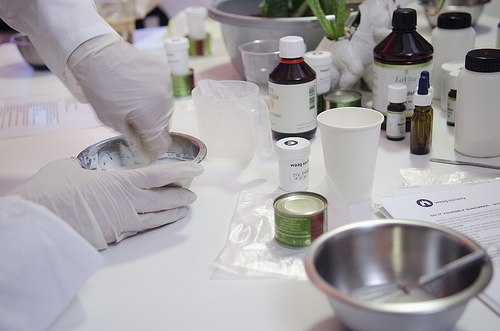
Sunscreen Ingredients: The Good, The Bad, And The Ugly
It's hard to find better sun block ingredients than two natural mineral ingredients, titanium dioxide and zinc oxide. Naturally occurring in nature, these two white minerals can be slathered on to block effectively 100% of UV rays. Their downside is that they make the skin look white, like a lifeguard's nose, and they can leave dark brown or black skin stained purple. If purple skin is not your thing, then you need a product with other broad-spectrum skin protection ingredients like avobenzone, homosalate, or oxybenzone, or maybe an effective herbal extract like edelweiss or aloe. Try to avoid products that contain other herbal fragrances or essential oils, as they often make sensitive skin break out.
- Important notification about information and brand names used in this slideshow!
- Photo courtesy of Waag Society by Flickr : www.flickr.com/photos/waagsociety/9075905956/
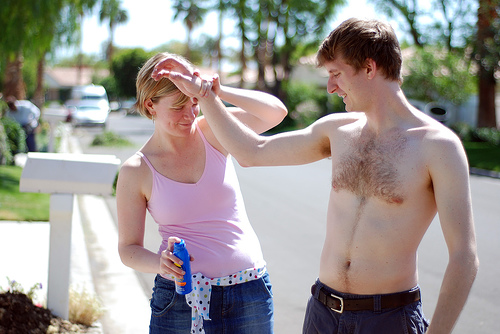
Should You Use A Spray Sunscreen Or Lotion?
There is an inherent appeal to using spray-on sunscreens. You don't have to wait for a friend, or someone you hope might soon become your friend, to slather on sun lotion all over those hard to reach areas of your body. But which kind of product offers better protection from the sun? The downside of using sunscreen sprays is the potential for eye irritation. When you spread a lotion on your skin, chances are you aren't going to get any of the product in your eyes. But if you want the convenience of a spray, and you can manage to keep it out of your eyes, consider buying a product with micronized, nanoparticles of zinc oxide or titanium dioxide. In spray-on form, these sun block ingredients not only offer excellent protection against ultraviolet radiation, they are also antibacterial.
- Important notification about information and brand names used in this slideshow!
- Photo courtesy of stephanie vacher by Flickr : www.flickr.com/photos/trufflepig/481930236/
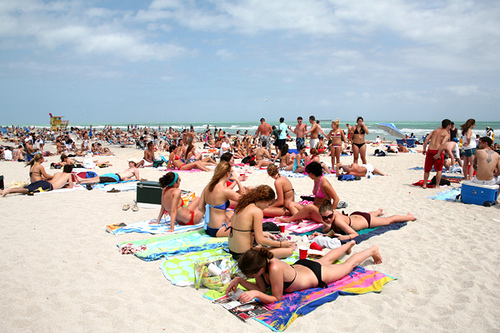
The When, Where, And How Much Of Sunscreen Use
When do you use sunscreen? Before you go out in midday sun, and every hour or two while you remain out in the sun. Even the best "water-resistant" products wash off, and need to be applied about every 90 minutes. Where do you use sunscreen? Anywhere your body is exposed to the sun. About two hours before the middle of the day and two hours after, sunlight is especially strong in the face, around the eyes. At these times of day, it is especially important to use and renew sunscreen or sunblock on your face. How much sunscreen is enough? Use enough product to completely cover sun-exposed skin. If you can't feel it going on, use more!
- Important notification about information and brand names used in this slideshow!
- Photo courtesy of n kw by Flickr : www.flickr.com/photos/natkwee/2361540232/
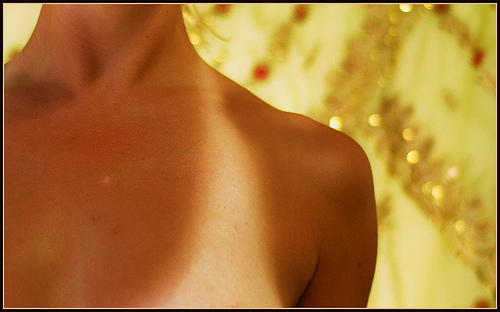
Reducing Risk Of Skin Cancer
How big a difference does using sunscreen make in the risk of cancer? Statistics describe relative risks for the population as a whole, and some of the statistics are just a little confusing. First of all, all kinds of skin cancer become more common in people who get more than one hour of summer sun without sun protection every day. Scientists are also sure that certain kinds of sunscreen ingredients, particularly those made from coal tar (no longer in common use today, but some Chinese-made sunscreens still include them), a group of chemicals known as psoralens, actually double the risk of melanoma. Any kind of sunscreen that includes an anti-inflamatory ingredient, however, reduces the overall rate of non-melanoma skin cancers about 60%. The bottom line: Don't use Chinese-made sunscreens, especially if they include the ingredients "psoralen" or "Scruffy Pea." Learn the symptoms of melanoma, and have your skin checked annually. Use soothing suncreens regularly to cut your risk of other kinds of skin cancer in half.
- Important notification about information and brand names used in this slideshow!
- Photo courtesy of Emergency Brake by Flickr : www.flickr.com/photos/29333334@N06/3792695572
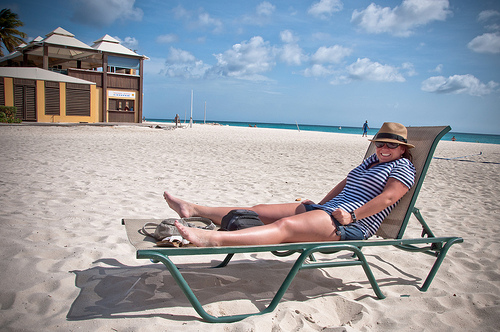
Wear Sun-Protective Clothing
While advocates of "free body culture" (nudism) may actually be enhancing health in shadier, northern reaches of the world like Scandinavia and northern Germany, in much of the world, regardless of local cultural norms, it is really a good idea to cover up with clothing during the middle of the day in summer. Some kinds of clothing, however, offer more protection than others. Older clothes aren't as sun-protective as newer clothes. That's because the fabric gradually loosens with washing or wear and lets more light in. Long sleeves offer more protection from the sun than short sleeves. Full-length trousers offer more protection than shorts, and broad-rimmed hats result in fewer sunburned ears than caps. The best fabric for sun protection is cotton that has been treated with nanoparticle zinc oxide, the same chemical used in some of the most effective brands of sun block, woven into the cloth itself.
- Important notification about information and brand names used in this slideshow!
- Photo courtesy of Brandon Kroger by Flickr : www.flickr.com/photos/bkoger/6085715558/

Sun Protection Prevents Early Aging Of The Skin
Even if you don't fear skin cancer, you may fear the early appearance of rough skin, red skin, wrinkles, crows feet, sags, and bags. All of these common skin imperfections are aggravated by excessive unprotected exposure to the sun. If your skin has already been exposed to so much sun that it needs remedial therapy, look for products that restore antioxidants to the skin. A product called DMAE stimulates the growth of the skin in ways that smooth out rough smooth spots and fill in wrinkles, and a product called alpha-lipoic acid (when it's applied to the skin, it doesn't have to be R-lipoic acid) helps with sagging, bagging, loose skin. These don't substitute for good sun protection, but they help reverse earlier mistakes.
- Important notification about information and brand names used in this slideshow!
- Photo courtesy of Josef Seibel by Flickr : www.flickr.com/photos/josefseibel/5537062003/











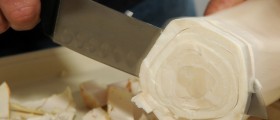






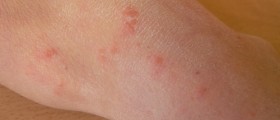
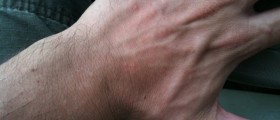
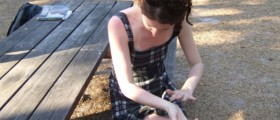



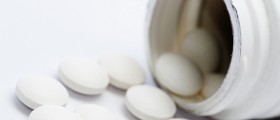
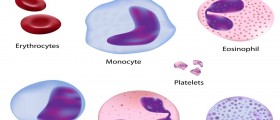
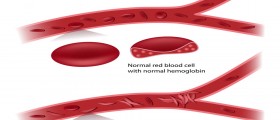
Your thoughts on this
Loading...